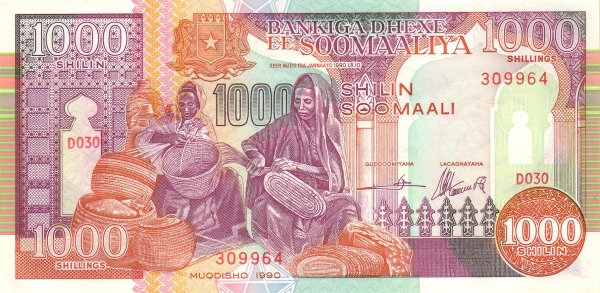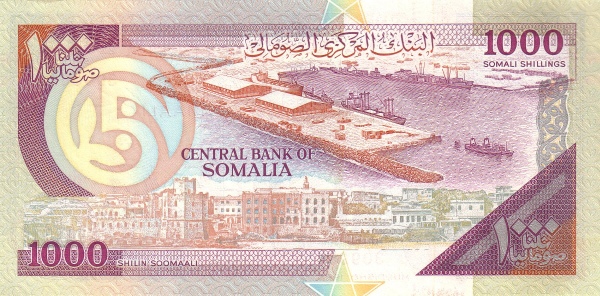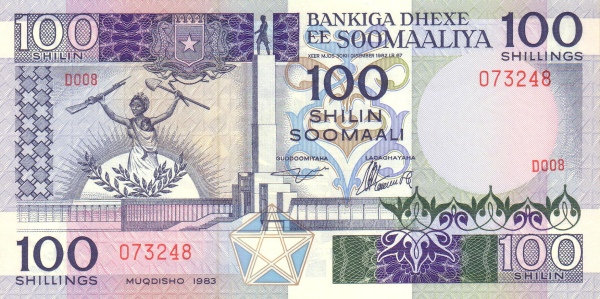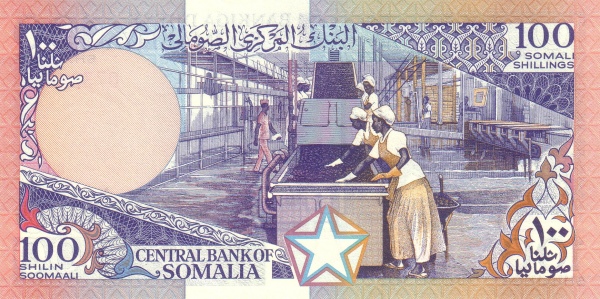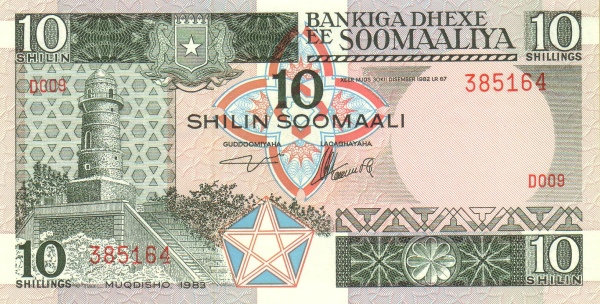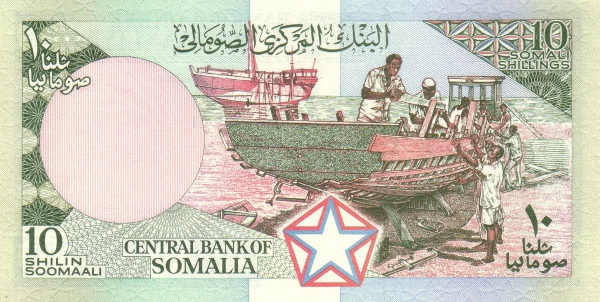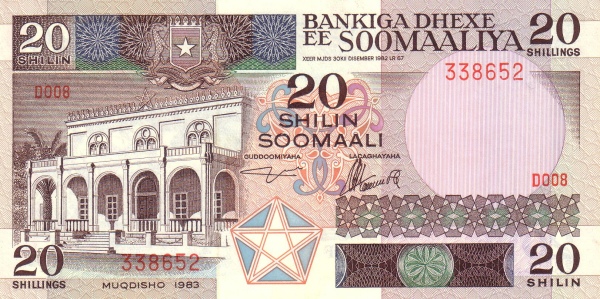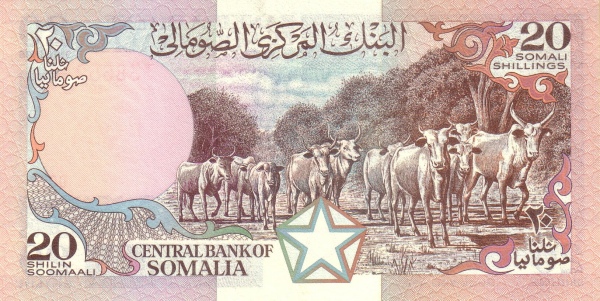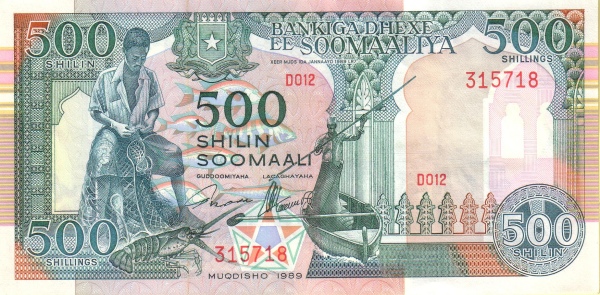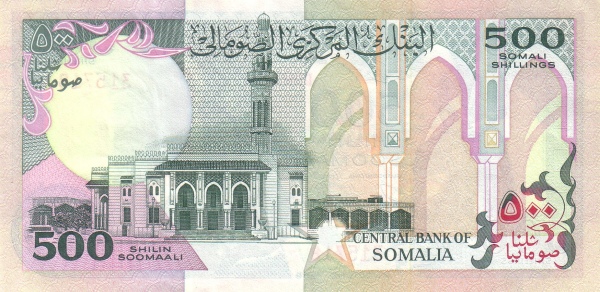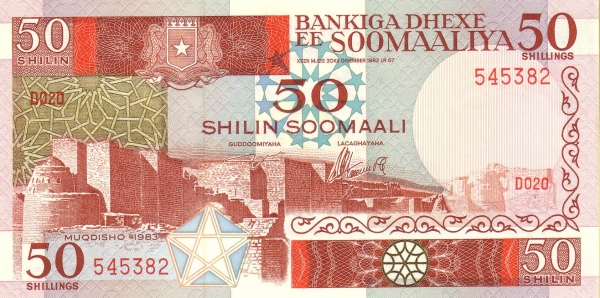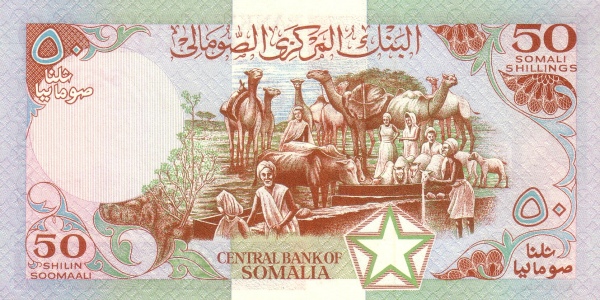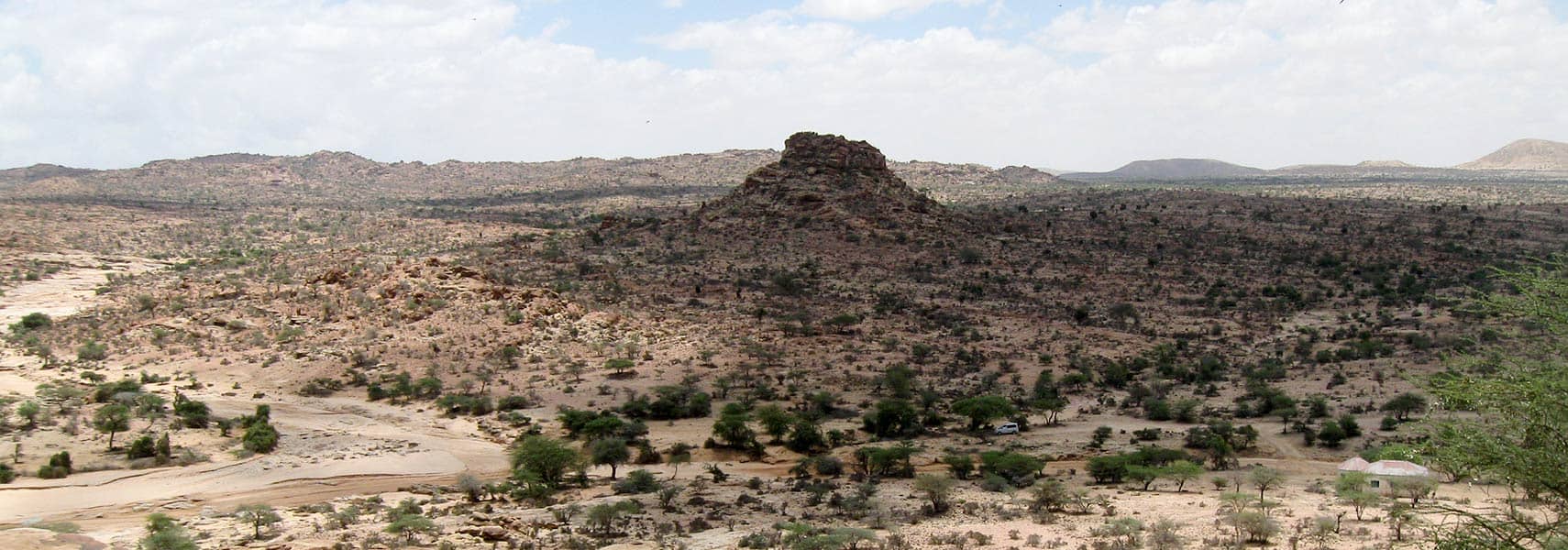Discovering Somalia: A Land of Rich Culture and Resilience
Somalia, officially known as the Federal Republic of Somalia, stands as the easternmost nation on the African mainland. Nestled on the peninsula called the Horn of Africa, this country offers rich natural beauty and a cultural tapestry that reflects its storied history. It borders the Gulf of Aden to the north, Djibouti to the northwest, Ethiopia to the west, and Kenya to the southwest, while the Indian Ocean lies to the east. Impressively, Somalia shares maritime boundaries with Yemen. Covering an expansive area of 637,657 km², Somalia is not only larger than Poland but also slightly smaller than Texas. The population of Somalia amounts to approximately 12.3 million people, with its vibrant capital being Mogadishu. The official languages spoken here are Somali and Arabic, showcasing the region's diverse cultural influences.
Historical Context: Turbulent Times and Striving for Stability
The modern history of Somalia reveals a landscape marked by upheaval and conflict. The ousting of the SIAD BARRE regime in January 1991 led to nearly a decade of turmoil characterized by factional fighting and a complete breakdown of law and order. In May 1991, northern clans proclaimed the creation of an independent Republic of Somaliland. This region encompasses the administrative areas of Awdal, Woqooyi Galbeed, Togdheer, Sanaag, and Sool. Although no government has recognized this self-proclaimed independence, Somaliland has skillfully maintained stability, bolstered by a dominant ruling clan and remnants of infrastructure left behind by past military assistance from Britain, Russia, and America.
Moreover, neighboring Puntland emerged as another self-declared republic, striving for legitimate governance. Since 1993, international efforts, particularly through the United Nations humanitarian mission, worked to alleviate severe famine in southern Somalia, albeit with a high cost in lives lost. Yet, upon the UN’s withdrawal in 1995, stability remained elusive.
Efforts to Form a Government: Challenging Paths Ahead
In October 2000, representatives from various Somali clans met in Arta, Djibouti, to form a Transitional National Government (TNG). This government arose with a three-year mandate aimed at establishing a permanent national government. Despite its intention, the TNG has struggled to recognize Somaliland or Puntland as independent. Unfortunately, they have also faced challenges unifying these regions with southern areas still plagued by conflict.
As the TFG (Transitional Federal Government) formed shortly thereafter, it remained fragmented as late as December 2006, controlling only the town of Baidoa. Meanwhile, a loose coalition known as the Supreme Council of Islamic Courts (SCIC) gained momentum by defeating powerful warlords in Mogadishu. This coalition quickly strove to expand its influence throughout southern Somalia, posing a substantial challenge to the TFG.
In late December 2006, Ethiopian forces, in conjunction with the TFG, intervened to remove the SCIC. However, remnants of militia continued to resist in southwestern Somalia, particularly near the borders with Kenya. The TFG's efforts to establish control over Mogadishu met with numerous difficulties, reminiscent of the previous era dominated by warlords before the SCIC's rise.
Transitioning towards Stability
The beginning of 2009 ushered in a unified government, formed between the TFG and the Alliance for the Re-liberation of Somalia (ARS). During this time, Ethiopian military forces withdrew from Somalia, having initially deployed to counter the opposition Islamic Courts Union. Following a significant expansion of parliament, which swelled to 550 members, Sheikh SHARIF Sheikh Ahmed, a former leader within the ICU and ARS, became president. This step marked a pivotal transition for Somalia.
Since establishing a new internationally backed government in 2012, Somalia has sought stability. Nevertheless, the country continues to grapple with threats from Al-Qaeda-aligned Al-Shabab insurgents. Although Al-Shabab lost most of its strategic positions in southern and central Somalia, it persists in launching deadly guerrilla attacks against government forces and the African Union. The situation, although improving, remains delicate as Somalia navigates a path towards peace and governance.
Geographical Diversity: The Land of Somalia
Landscape and Climate
Geographically, Somalia occupies a unique position in the world. It is situated within the Horn of Africa in Eastern Africa, bordered by both the Gulf of Aden and the Indian Ocean. The area spans 637,657 km², and its terrain primarily consists of flat savanna and semi-desert, with northern regions featuring undulating plateaus and hilly landscapes.
Moreover, Somalia's climate predominantly reflects a desert environment. The interior tends to be hot and dry, while coastal areas experience humidity. The country boasts two rainy seasons, occurring from April to June and October to December. Each rainy season is followed by a dry period, often leading to extreme heat in the south.
People and Society
The people of Somalia, known as Somalis, have a rich heritage. As of 2012, the population stood at around 9.7 million, including an estimated 2 million residing in Somaliland. Ethnically, the Somali majority predominates with a small number of non-Somali minorities primarily composed of Bantu and Arab communities. An overwhelming majority, reaching 99.9%, adheres to the Muslim faith, showcasing their strong cultural ties.
Somalia's official languages include Somali and Arabic, reflecting its deep-rooted historical influences. In this context, literacy remains low, with only about 38% of the total population capable of reading and writing. Nevertheless, this nation is striving to enhance educational opportunities for its youth.
Natural Resources and Economy
Somalia's economy is structured around several natural resources and agricultural products. The country is home to reserves of uranium, iron ore, and likely oil, which remain largely unexploited due to ongoing conflict. Agricultural activities primarily focus on livestock, particularly cattle, sheep, and goats, alongside the cultivation of bananas, corn, rice, and sesame seeds. These products play a vital role in local economies.
In terms of exports, livestock, bananas, hides, fish, and charcoal rank among the most significant commodities. The UAE stands out as Somalia's largest export partner, followed closely by Yemen and Oman. On the import side, Somalia relies on manufactured goods, foodstuffs, and petroleum products, importing significant quantities from Djibouti, India, and China.
A Future Full of Potential
Although Somalia has faced an uphill battle against disorder, the indomitable spirit of its people continues to shine through. As the nation strives to rebuild and establish stability, it emphasizes the importance of unity and cooperation among its people. With rich resources and a resilient population, Somalia's future may be more hopeful than ever.
Largest cities of: Somalia
| City Name | Population | Year of foundation | |
| Mogadishu | 2,000,000 | circa 800 | |
| Hargeisa | 1,000,000 | circa 1888 | |
| Bosaso | 500,000 | 1,000 | |
| Kismayo | 450,000 | circa 1870 | |
| Jowhar | 350,000 | 1920 | |
| Baidoa | 300,000 | 1984 |
Somalia: Money
